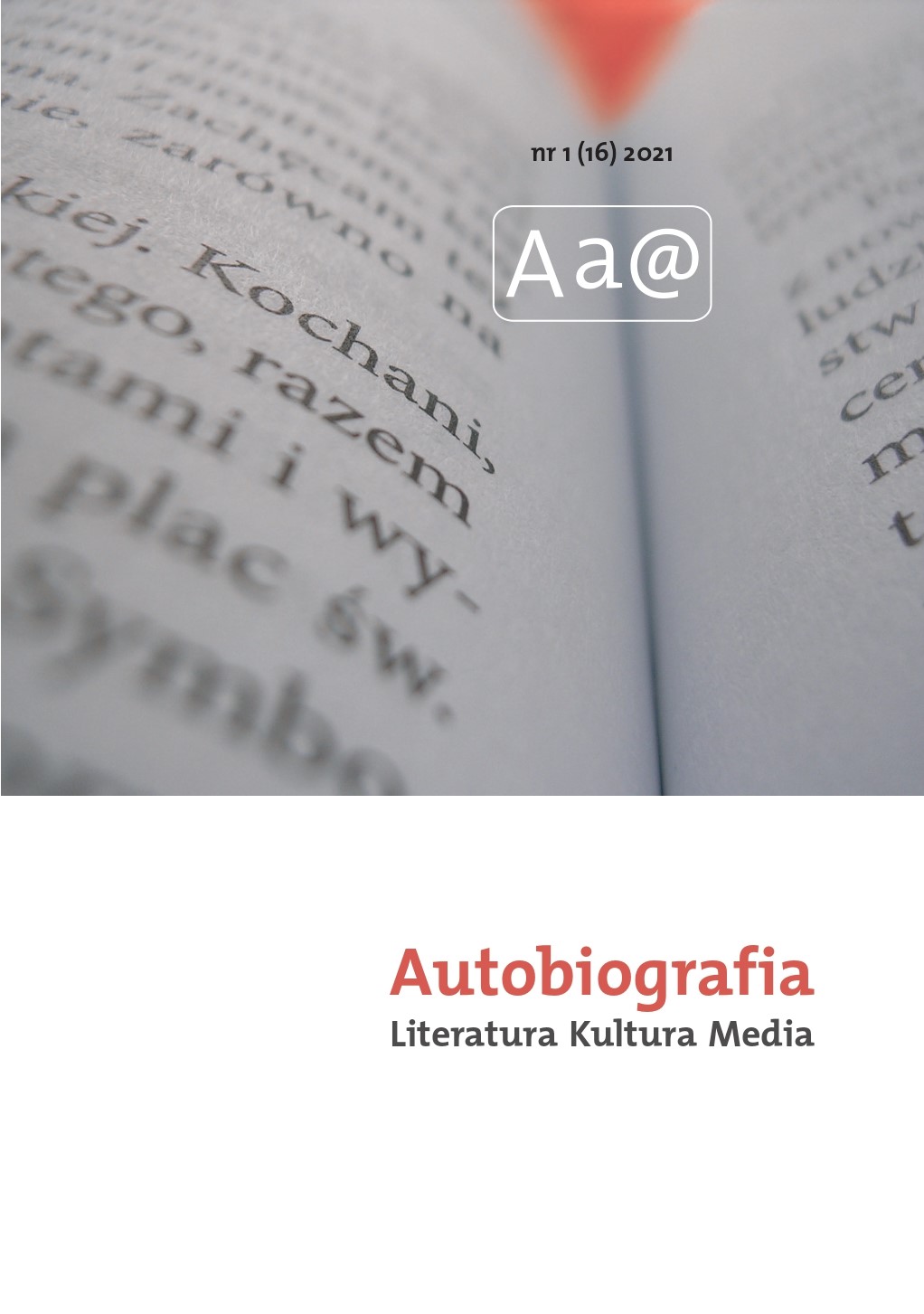Dwie podróże Sienkiewicza (o labiryncie czasowym XIX-wiecznej Europy)
Sienkiewicz’s two journeys (on the temporal labyrinth of 19th century Europe)
Author(s): Wojciech TomasikSubject(s): Language and Literature Studies, Literary Texts, Poetry, Applied Linguistics, Studies of Literature, Polish Literature, Theory of Literature
Published by: Wydawnictwo Naukowe Uniwersytetu Szczecińskiego
Keywords: sun time; railway time; standardization;travel writing;
Summary/Abstract: Before the railway age each European community used the so called “real sun time” (when the sun showed high noon at the town hall it was noon all over town). The differences in time became very troublesome with increased speed of traveling. Each railway overcame the problem of the local time by adopting for operations and timetable purposes the time of some import ant city along the line which it served. Watch-setting rules were mandatory for the train crew members. In February 1876 it was necessary for Henryk Sienkiewicz to change his watch many times during his journey from Warsaw to London. Most probably, the writer ignored the local time of each large city en route in Europe (in Berlin, Bruxelles, London). He also ignored the local time, traveling by train across the United States. Sienkiewicz was deeply accustomed to the Warsaw’s torn temporality.
Journal: Autobiografia Literatura Kultura Media
- Issue Year: 16/2021
- Issue No: 1
- Page Range: 109-122
- Page Count: 14
- Language: Polish

